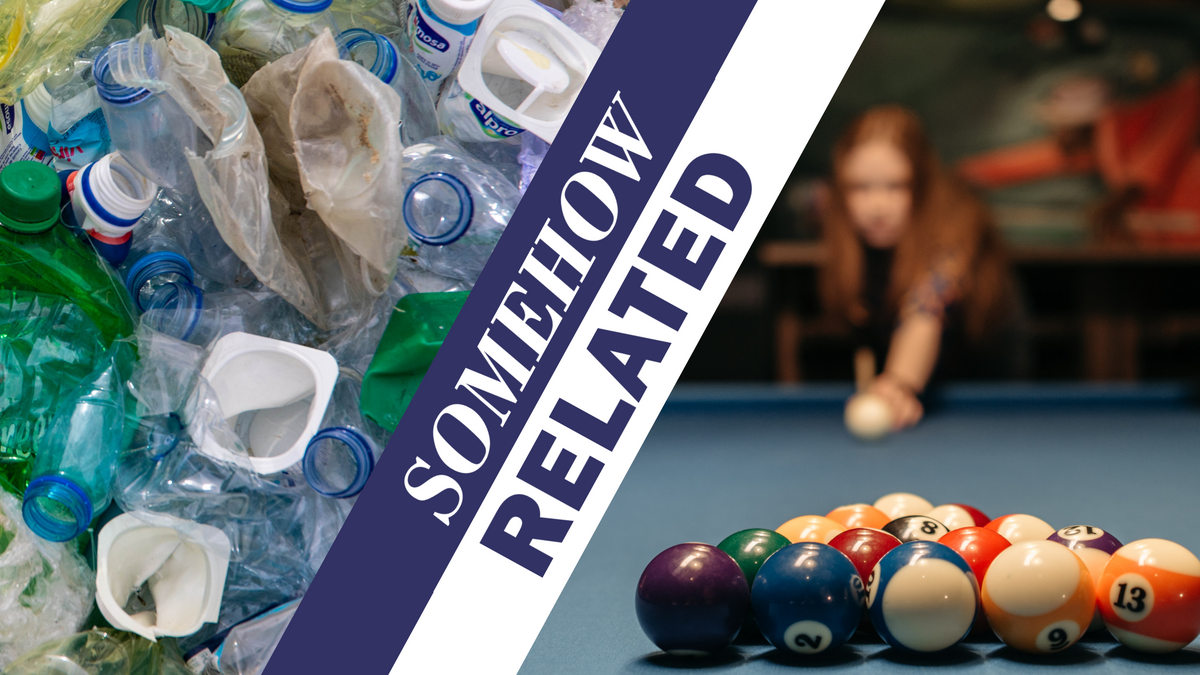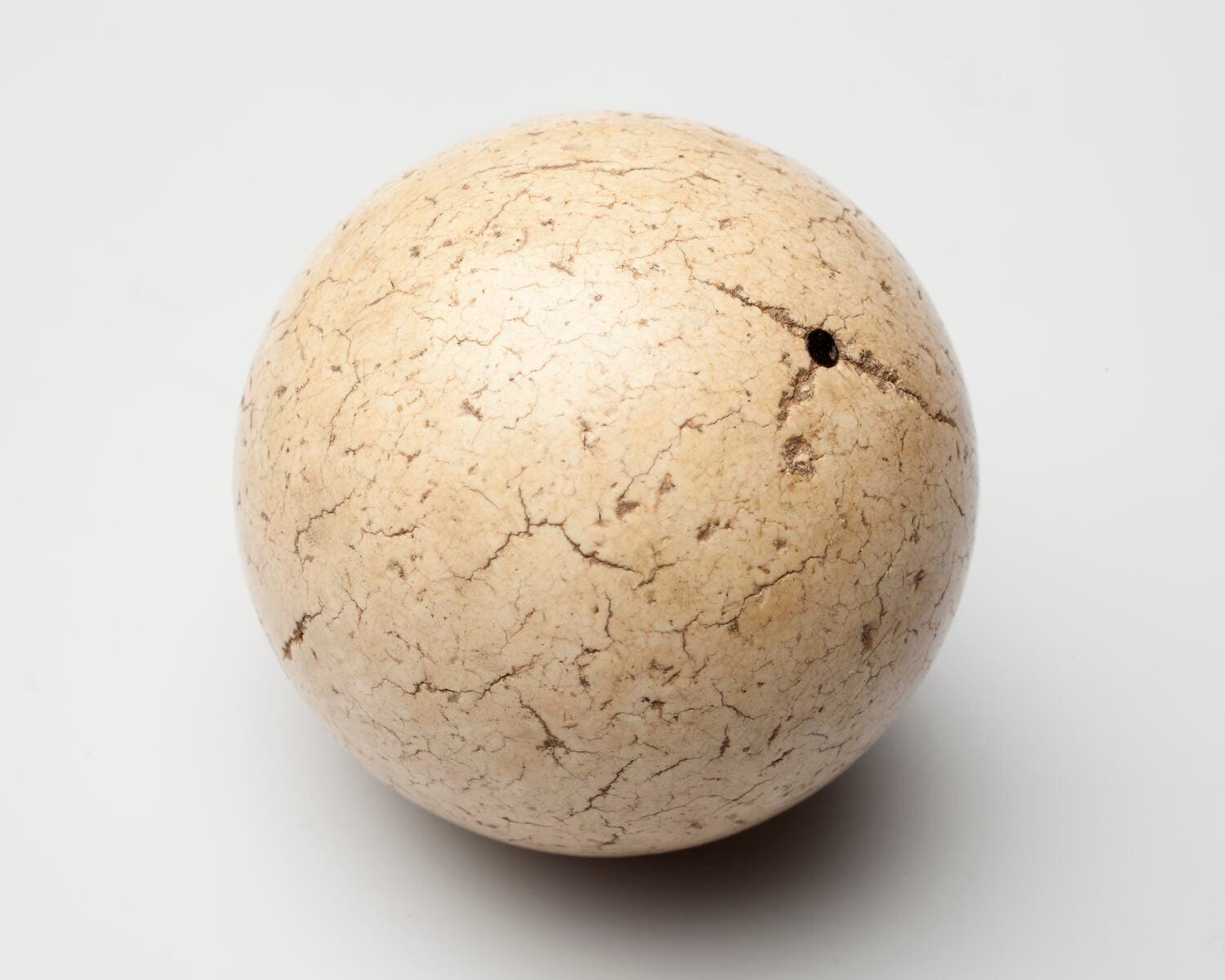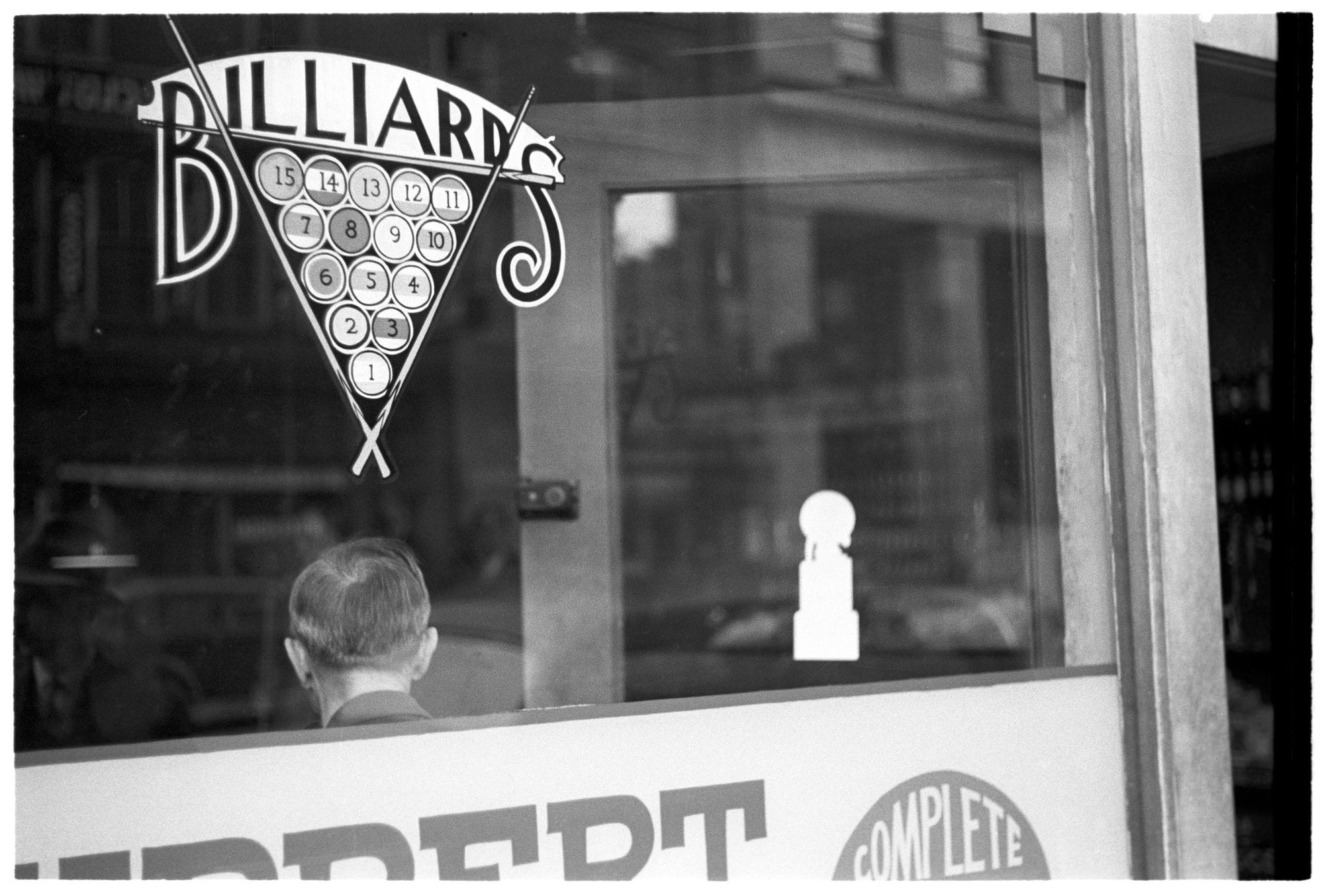Billiards and Plastic are Somehow Related
Billiards originated in the 15th century as a form of lawn game in Europe.

Billiards originated in the 15th century as a form of lawn game in Europe.
500+ years later, it's a different game.
One of the most significant changes has been the material used to craft the billiard balls themselves – a journey that has traversed from wood to ivory and... let's get into it.
Wooden Beginnings (15th - 17th Century)
In the earliest days of billiards, wooden balls were the norm. These balls were crafted from hardwoods like boxwood and beech, often carved by skilled artisans.
The use of wood for billiard balls, while readily available and relatively simple to shape, had its limitations.
The irregularities in density and the tendency to chip or splinter led to inconsistencies in the game.
As the popularity of billiards grew and the demand for a more refined gameplay experience increased, it became evident that a more suitable material was needed.
The Ivory Era (17th - 19th Century)
The 17th century marked a significant turning point in the history of billiard balls with the introduction of ivory as the primary material.
The use of ivory provided a solution to many of the shortcomings associated with wooden balls.

Ivory, sourced primarily from elephant tusks, brought about a more consistent density and smoother surface, resulting in improved ball roll and more accurate gameplay.
Crafting ivory billiard balls was an intricate process. Skilled craftsmen would carve and lathe the ivory into spheres, meticulously working to achieve a perfectly spherical shape.
The unique properties of ivory contributed to the enhancement of the game, allowing players to experience a more precise and predictable trajectory for each shot.
However, the widespread use of ivory raised ethical and environmental concerns as demand led to the poaching of elephants, endangering their populations.
As societal awareness grew about the ethical and environmental implications of using ivory, billiard ball manufacturers began searching for alternatives.
This search eventually led to the development of a new billiard ball that became the world's first plastic!
Shame though, it was sort of combustible as billiard ball getting hit all the time and an alternative to the first plastic had to be found.
From i09 - The Earliest Plastic Billiard Balls Had A Habit Of Exploding
...billiards was an extremely popular indoor sport at the time and that concerns over a possible billiard ball shortage led billiards manufacturers Phelan and Collender to offer a $10,000 award to anyone who could develop an ivory substitute that could be used in billiard balls. Supposedly, that announcement lit a fire under John Wesley Hyatt, who would eventually develop celluloid, the first widely manufactured plastic.
The noise the billiard balls produced was hardly dangerous, but celluloid products did pose a hazard to their owners. Celluloid combs, buttons, and even dentures would catch fire, turning the ivory substitute into a potentially deadly accessory.
The Transition to Plastic (20th Century - Present)
The 20th century marked the transition from traditional materials to modern synthetics, changing the game of billiards once again.

Phenolic resin, an incredibly durable and impact-resistant material, emerged as a prime candidate for crafting billiard balls.
Its smooth surface, consistent density, and resistance to chipping made it an ideal replacement for ivory. Phenolic resin balls were not only more durable but also more cost-effective to produce compared to ivory balls.
The introduction of plastic billiard balls also coincided with advancements in manufacturing technology.
Injection moulding techniques allowed for precise control over the shape, size, and weight of the balls, ensuring a uniform set for players.
These improvements further contributed to the standardization of the game, ensuring fairness in competitions and more enjoyable play for enthusiasts.

The Legacy of Evolution
The evolution of billiard balls from wood to ivory to plastic is a testament to the ongoing innovation in the world of sports equipment.
Each transition was driven by the desire to improve gameplay by addressing the limitations of the previous materials.
While the days of ivory billiard balls are long gone due to ethical and environmental concerns, their legacy lives on in the modern plastic balls that adorn billiard tables today.
Here's 50 crazy shots on a billiards table.
Support the podcasts you listen to
Check out Lenny.fm to create a unique bundle and support any podcast you'd like to. Only $4USD a month total and funds only go to shows making news eps.
Listen on Apple Podcasts? Subscribe to Nearly Media for $3.99 AUD a month and get ad-free episodes of Somehow Related and The Junkees.